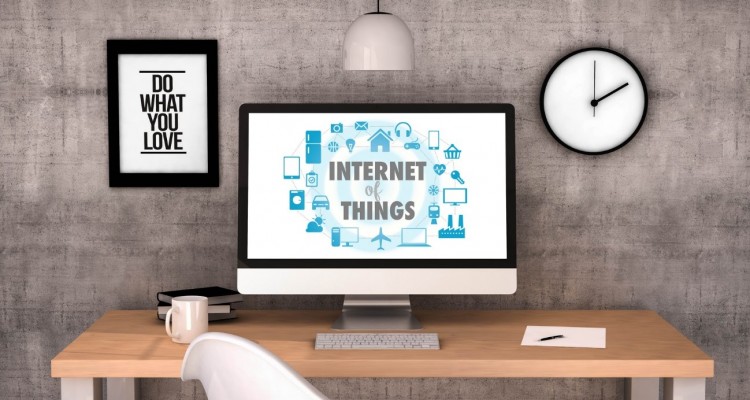
The future of the Internet of Things
It’s no longer remote to think of running shoes capable of recording data such as time and the distance covered, or a fridge that can draw up a shopping list as things are put inside it and as it is emptied. None of this is fiction, it’s the here and now.
When the term, the “Internet of Things” first appeared in 1999, many thought that it was just a fashionable phrase and a challenge that was being posed for the future, like for 2015 or 2020. But technology advances in leaps and bounds and now here we are, with 2015 behind us and an ever clearer vision of 2020.
From the “Internet of Things” to the “Internet of Everything”
The Internet of Things (IoT) basically consists of connecting everything to the internet: things, processes, people, businesses, etc. This technology has steadily taken on importance over the years, and by 2016 the number of elements connected to the IoT grew by 39%, according to figures by Telefónica.
Today, not only has the number of elements connected to the internet evolved, but the expression itself has also evolved due to the constant digital transformation. The Cisco Systems company, which specialises in telecommunications services, has coined what is known as the Internet of Everything (IoE). This term is fairly recent and consists of bringing together people, processes, data and things to ensure that network connections are more relevant and valuable than ever.
The difference is simple and consists of the Internet of Things (IoT) being a system of communications between machines that operates within a more complex system: the Internet of Everything (IoE), which analyses the relationship between the devices connected and the people who use them.
As we can glean from the predictions of the most recent study by the Gartner consultancy, 2017 will be a brilliant year for the Internet of Things (IoT), as we will reach the figure of 8.4 billion objects connected, an advance of 31% compared with the figures for 2016.
Application of IoT systems today
Besides the development process and the future, there are already institutions that are using this technology to help their users’ lives, such as Colombia, which has created a platform for the Internet of Things with the aim of connecting establishments throughout the country. This way, assets are analysed in real time, such as the supply chain, security systems and applications to enable the development of smart cities.
Another country that has decided to commit to this technology is Chile, installing 20 sensors at Comodoro International Airport to measure such indicators as humidity, temperature and light. These data are monitored in real time and are compared with standards acquired in the concession contract: waiting times, temperature, status of baggage transfer and the number of people in the various terminals.
Another application of IoT systems are the so-called Smart Cities, for example, in Barcelona the city council has started up a series of initiatives in the “Internet of Things” sector applied to the urban environment. Through a network of 25,000 sensors, various parameters relating to traffic, transport, lighting and water quality are monitored.
Thanks to the management of all the data gathered, much more efficient and sustainable action is achieved. This way, Barcelona City Council has not only managed to save more than 70 million euros, it has also created over 45,000 jobs.
Horizon 2020
The “Internet of Things” is a business opportunity with a value that stands at 19 billion dollars. Similarly, during a talk at the Mobile World Congress, the CEO of Cisco stated that the impact of this sector is destined to have an impact five times greater than that caused by the appearance of the internet, which would be really revolutionary.
In 2008, it was estimated that the number of devices with an internet connection had exceeded the population, and since then the technology has not ceased to evolve. According to Gartner, by 2020 there will be approximately 26 billion devices in the world with a system of connection to the Internet of Things.
In short, all of these data reveal the ever greater importance of this technology, which could become an excellent business opportunity for those companies that are able to make the most of it, and which could position themselves as leaders in their sector.
















